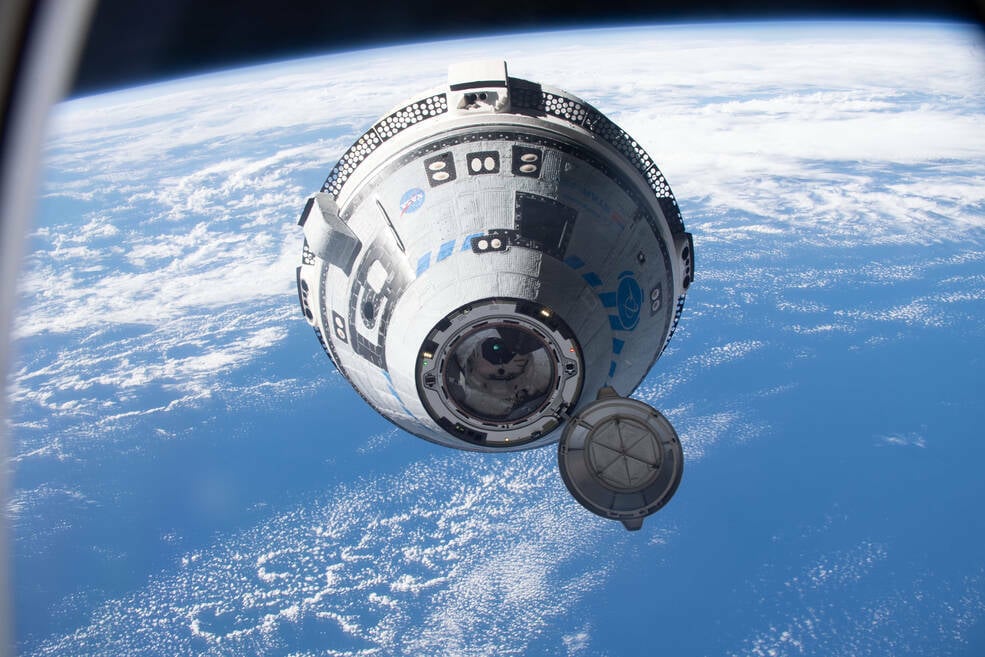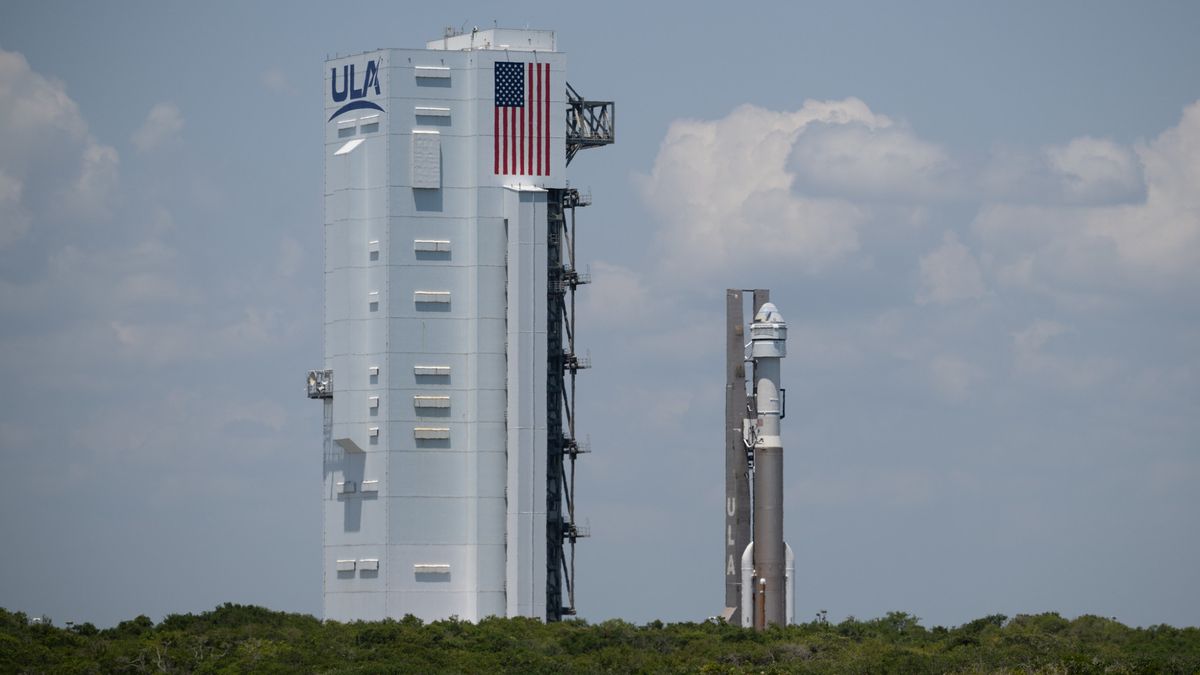
Boeing's CST-100 Starliner spacecraft, which is designed to rival SpaceX's Crew Dragon capsule and expand US options for ferrying astronauts to the International Space Station (ISS), has experienced yet another delay in its first crewed flight. The launch, which was initially scheduled for May 6 but was later pushed back due to a pressure regulation valve issue on the liquid oxygen tank of the Atlas V rocket's Centaur upper stage, is now set for no earlier than May 25 at 3:09 p.m. Eastern from Cape Canaveral Space Force Station in Florida.
The latest delay comes after teams discovered a small helium leak in the service module of the spacecraft, which has been traced to a flange on a single reaction control system thruster. Boeing is currently working to develop operational procedures to ensure the system retains sufficient performance capability and appropriate redundancy during the flight.
This mission, called Crew Flight Test, could be the final major milestone before NASA deems Boeing's spacecraft ready for routine operations as part of the Commercial Crew Program. NASA astronauts Suni Williams and Butch Wilmore are set to embark on this historic journey aboard Starliner.
Boeing has faced intense scrutiny in recent months regarding quality control lapses in its commercial aviation business, following a rear door plug blowing out of an Alaska Airlines flight shortly after takeoff. The company is eager to demonstrate the safety and reliability of its spacecraft technology.
The launch follows 2019's near-catastrophic first test flight of an uncrewed Starliner, where iffy quality control processes left the Calamity Capsule unable to reach the ISS. Boeing managed to reach the ISS during a successful mission in 2022 but faced thruster problems.
Development hang-ups, test flight problems, and other costly setbacks have slowed Starliner's path to the launchpad. The helium leak is the latest problem faced by Boeing's team.



